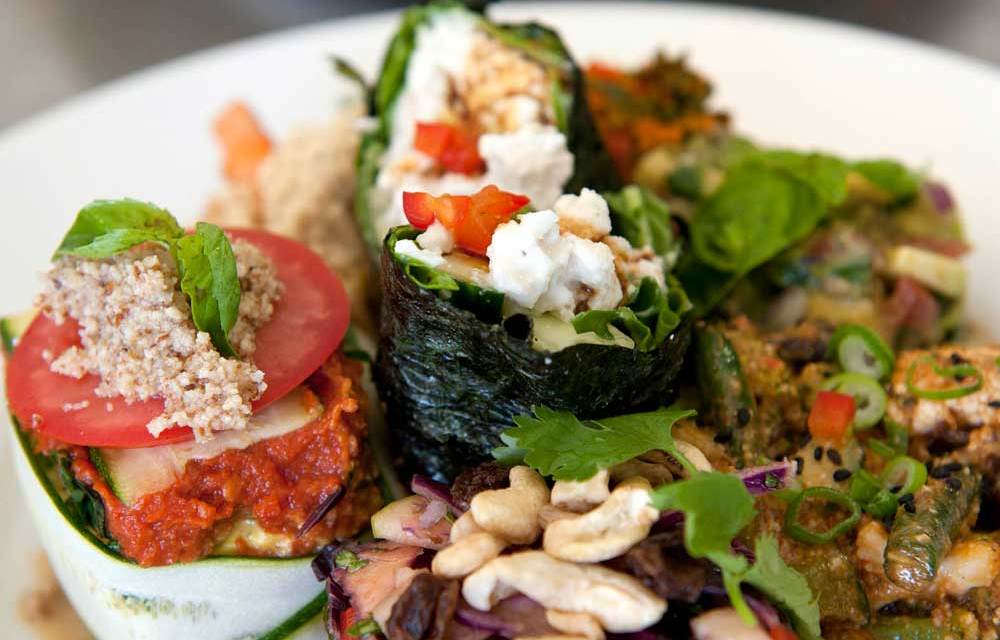Introduction: exploring Congolese cuisine
Congolese cuisine is as diverse as its people, with influences from various regions and cultures. From the rainforests of the Congo Basin to the savannahs of the east, Congolese cuisine reflects the country’s rich history and diverse ethnic groups. While some dishes may be familiar to those who have tried other African cuisines, Congolese cuisine is unique in its use of traditional cooking techniques and ingredients.
The role of traditional cooking techniques
Traditional cooking techniques play a significant role in the preparation of Congolese cuisine. Many Congolese dishes require slow cooking over an open fire or using a charcoal stove, which infuses the food with a smoky flavor. These techniques are not only used for their unique flavor, but they also help to preserve food in a region where refrigeration is not always accessible.
Unique ingredients in Congolese cuisine
Congolese cuisine features a wide range of unique ingredients, including cassava, plantains, yams, and various types of greens. These ingredients are used in a variety of stews, soups, and sauces and are often combined with meat or fish. The use of spices and chilies is also common, adding depth and heat to many Congolese dishes.
The importance of plantains in Congolese cooking
Plantains are a staple in Congolese cuisine and are used in a variety of dishes. While they are often served roasted or fried as a side dish, they are also used to thicken stews and soups. In some parts of Congo, plantains are even used to make a type of beer called mbisi.
Fermentation: a key technique in Congolese cuisine
Fermentation is a key technique in Congolese cuisine, used to preserve foods and add flavor. One example is cassava, which is fermented for several days before being ground into a paste and used to make fufu, a staple food in Congo. Fermentation is also used to produce a popular Congolese drink called matete, which is made from fermented cassava.
Cooking with palm oil: a Congolese tradition
Palm oil is a staple in Congolese cooking and is used to add richness and depth to many dishes. It is also used in the preparation of soups, stews, and sauces. While palm oil has come under scrutiny in recent years for its environmental impact, it remains an important part of Congolese cuisine and culture.
The art of smoking and curing meats in Congo
Smoking and curing meats is a traditional technique used in Congolese cuisine to preserve food. Smoked meats are commonly used in stews and soups, adding a rich, smoky flavor. Cured meats, such as dried fish, are also popular in Congolese cuisine and are often used in soups and sauces.
Conclusion: preserving the culinary heritage of Congo
Congolese cuisine is a reflection of the country’s rich history and diverse ethnic groups. Traditional cooking techniques and unique ingredients are at the heart of Congolese cuisine, and it is important to preserve these traditions for future generations. By continuing to celebrate and share Congolese cuisine, we can honor the culinary heritage of Congo and all those who have contributed to its rich and diverse food culture.

